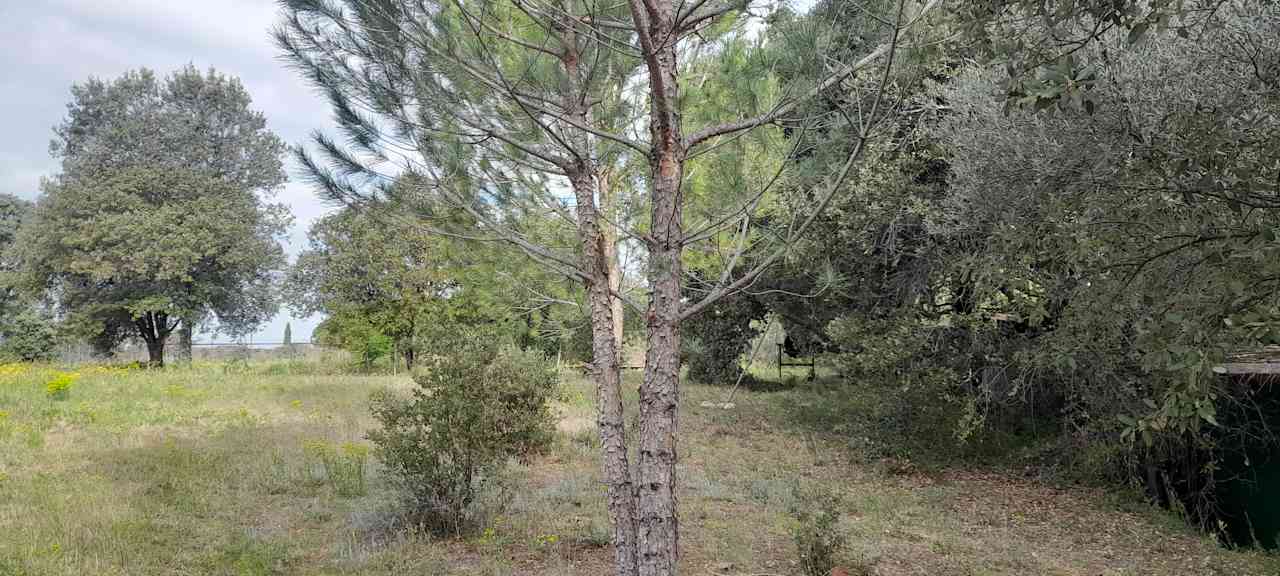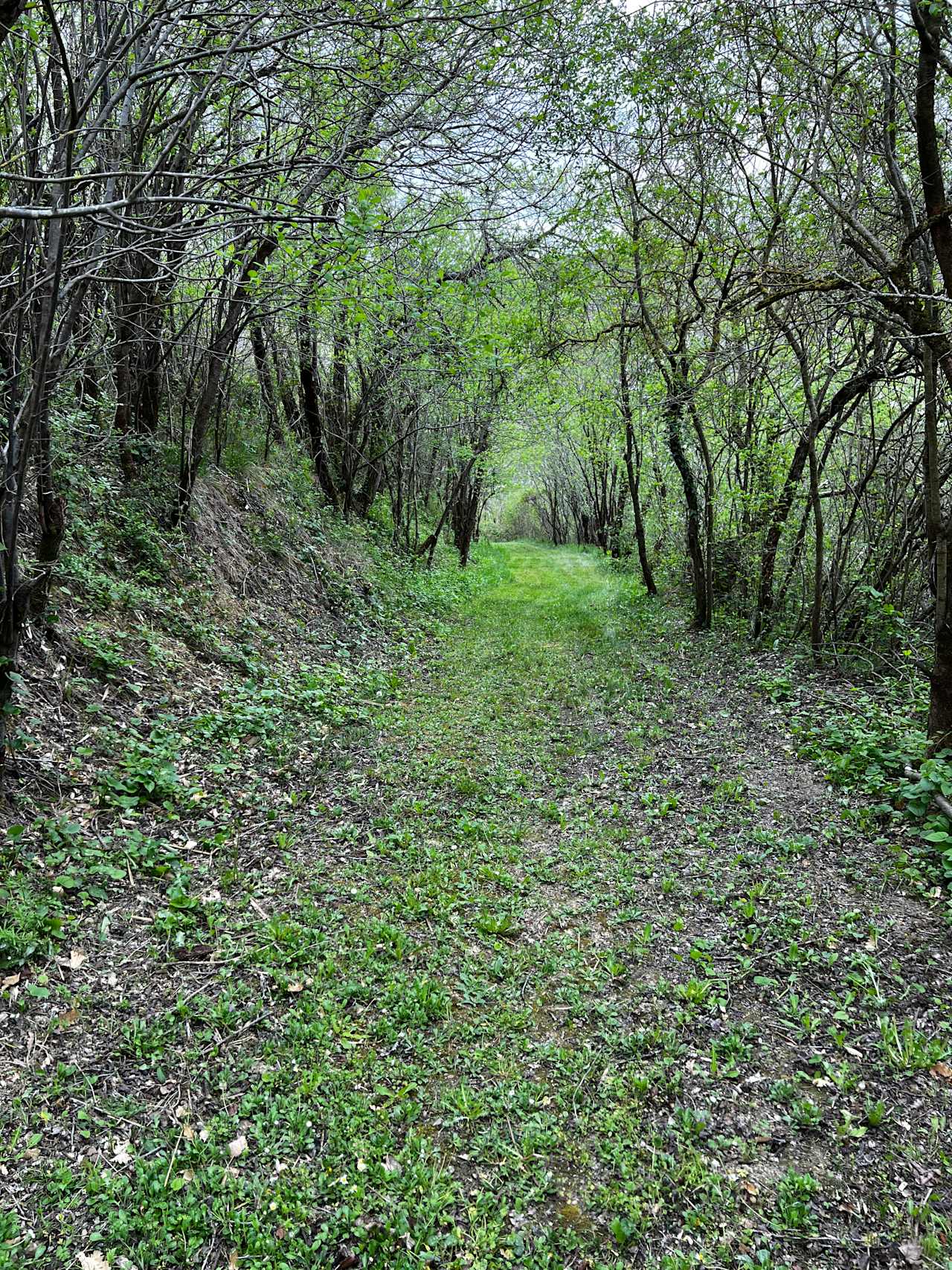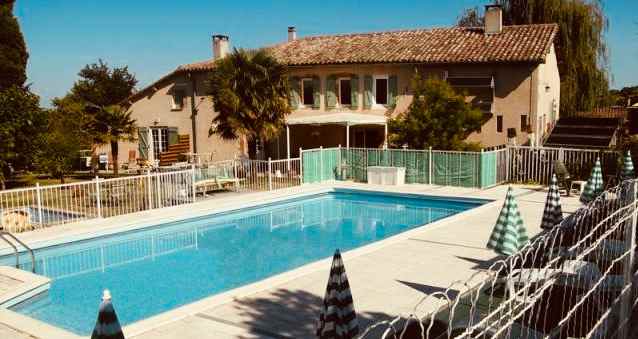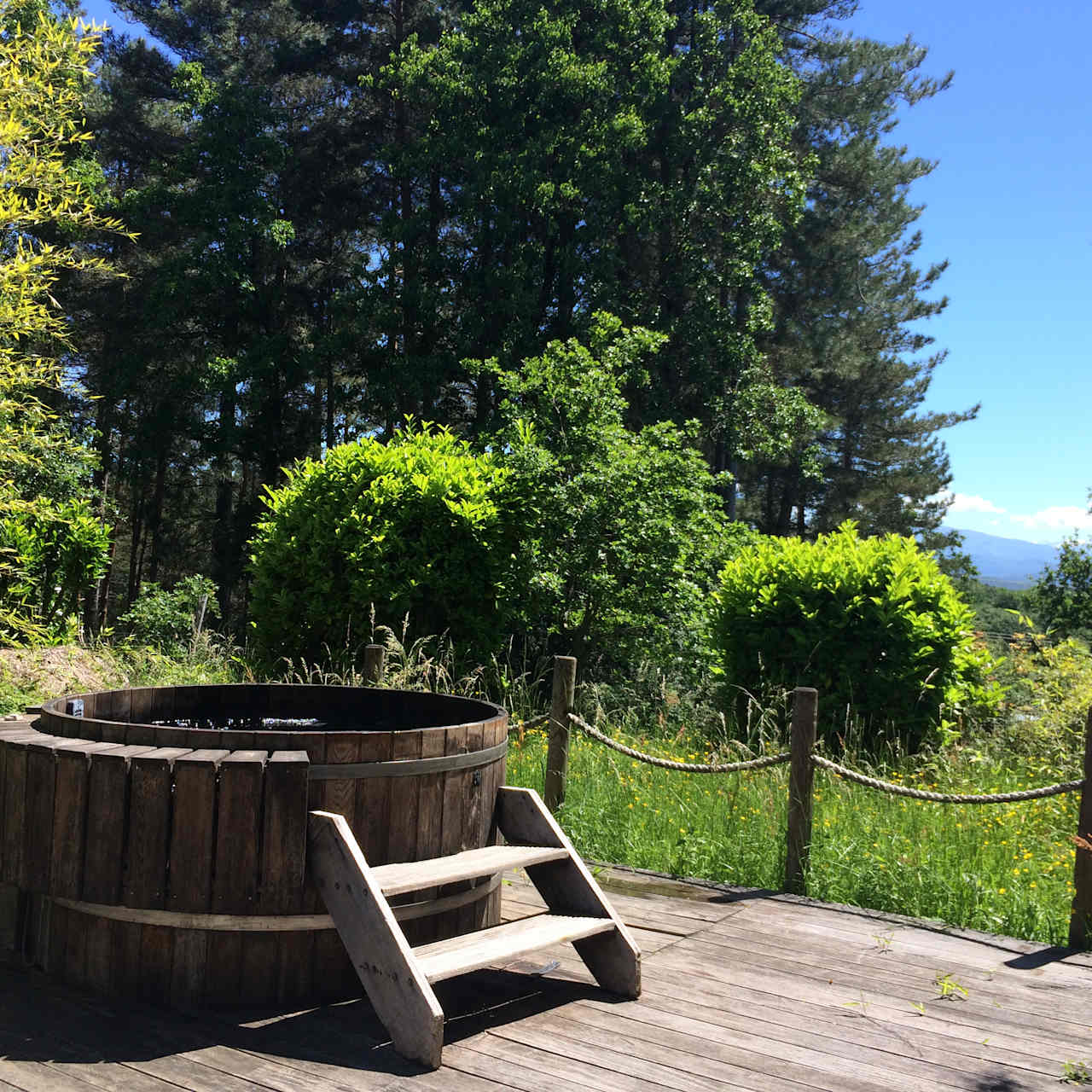Caravan campsites in Occitanie with climbing
France's southernmost region has ancient monuments, mountains, and Mediterranean beaches.
- Occitanie
Popular camping styles for Occitanie
Available this weekend
4 top caravan sites in Occitanie with climbing
Under £50
Dog-friendly getaways


Caravan campsites in Occitanie with climbing guide
Overview
Occitanie brings together two former French regions to make up the country's second-largest region, packing in plenty of variety. There's the coastal Languedoc-Roussillon, which curls around the southwest shore of the Mediterranean and affords some 125 miles (200 kilometres) of beaches, Cathar castles, and UNESCO World Heritage Sites. Inland, the landlocked Midi-Pyrénées stretches down from the Dordogne to the Pyrénées mountains along the Spanish border. Throw in some of France's sunniest cities—Toulouse, Montpellier, and Perpignan—and you've got road trip heaven. As for camping, there's everything from beachfront campgrounds and riverside getaways to mountain chalets.
Where to go
North Midi-Pyrénées
Some of Occitanie's most enchanting scenery sits in the northern Midi-Pyrénées' departments of Lot, Aveyron, and Tarn-et-Garonne. The dramatic river canyons, wooded valleys, and verdant hills of the Lot Valley harbour gems like the cliff-top village of Rocamadour and the Gouffre de Padirac caves, while Tarn-et-Garonne is home to bastide towns like Montauban and Beaumont-de-Lomagne. Not to be outshined, Aveyron has more of the 'most beautiful villages of France' than any other department.
Central Midi-Pyrénées
From the rolling countryside of the Gers department in the west to the historic towns of Cordes sur Ciel and Albi in the Tarn department, there's lots to explore the central Occitanie. The "pink city" of Toulouse is the headline act of the Haute-Garonne department, which extends down through the Pyrénées mountains to the border of Spain, and the Haut-Languedoc Regional Natural Park affords some of the region's best hiking and camping.
Haute-Pyrénées & Ariège
Tumbling down to the Spanish border, the wild landscapes of the Pyrenees National Park are the highlight of the southern Hautes-Pyrénées department for hikers and campers. Don't miss a visit to the pilgrimage town of Lourdes along the way, revered for its "healing" waters. Further east, the mountainous Ariège department is home to the Pyrenees-Ariegoises Regional Natural Park.
North Languedoc
The (mostly) coastal strip of Occitanie is the former Languedoc-Roussillon region, where history buffs and sun-seekers will be equally satisfied. Montpellier is the region's biggest hub, hemmed in by the Languedoc vineyards and glorious sandy beaches of Herault. Further up the coast, the Gard department is known for its Roman ruins and the Camargue National Park, while inland, the Lozere department offers outdoor activities at Cévennes National Park and the Tarn Gorge.
South Languedoc
The southern Aude and Pyrenees Orientales departments complete the Languedoc's Mediterranean coastline. There's great coastal camping around Narbonne, but history enthusiasts will want to head inland to discover the medieval city of Carcassonne or follow the Cathar Castle trail. Further south, the Pyrenees mountains meet the coast around Perpignan, providing plenty of choice for hiking and camping.

























